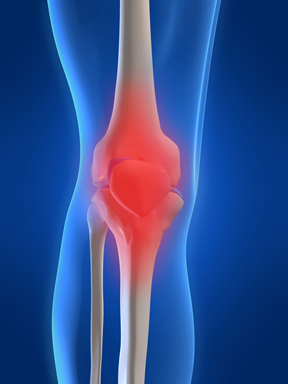Type 2 diabetes is a serious health problem in the U.S. Previously referred to as “adult-onset” diabetes, this condition is being diagnosed more and more in children. Unfortunately, the rise in diabetes relates directly to the rise in obesity rates. Long-term complications associated with diabetes can include heart and blood vessel disease, kidney problems, and vision impairment or loss, among others.
The good news is that doctors are working closely with patients to diagnose early signs of the disease, when it is still considered “Pre-Diabetes.”
“We want patients to understand that there are risk factors for developing diabetes that are in our control, such as weight and physical activity. If we can intervene before someone develops full-fledged diabetes, we’ve saved them a life-long struggle with a complicated disease,” says Dr. Loraine Dailey, of MPCP Pasadena.
What is Pre-Diabetes?
Diabetes is a disorder of the endocrine system in which blood sugar levels in the body consistently stay above a normal range. There are two classifications of the disease: Type 1, which affects 5-10 % of people and is unpreventable, and Type 2, found in 90% of diabetics, and which can often be prevented or sometimes reversed.
Pre-diabetes is the condition where your blood glucose levels are higher than normal, but not high enough to be diagnosed as Type 2 diabetes. There are often no symptoms and it’s expected that nearly 75 million people in the U.S. over age 20 have pre-diabetes. While not all people who have this condition will develop full Type 2 diabetes, research shows that the majority will within 10 years.
Are You at Risk?
As with many diseases, there are some risk factors for pre-diabetes that are beyond our control, but several that we can control or influence.
Uncontrollable risk factors include: Age (most common after age 50), Race (higher rates among African Americans, Latinos and Native Americans), and Family history of Type 2 diabetes. Some women can develop diabetes during pregnancy (gestational diabetes), which can lead to complications, but usually regresses after delivery.
Now on to the risk factors that we can control: Primarily, being overweight or obese (especially around the abdomen- “belly fat”), Having high cholesterol, and an Inactive/Sedentary lifestyle.
“We know that obesity and being sedentary contribute greatly to a person’s risk of developing pre-diabetes,” says Monica Erceg, a CRNP at the MPCP Pasadena office. “When patients change these risk factors, they can often prevent pre-diabetes. And, notably, if they already have diabetes they can reduce the levels of insulin they need to take– or even reverse some of the serious side-effects of the disease.”
How is Pre-diabetes Diagnosed?
If you are over age 45, you should have a fasting blood glucose test to determine your risk for pre-diabetes. Your doctor will likely suggest this as part of a regular physical. He or she may choose to perform an oral glucose tolerance test (OGTT) or hemoglobin A1C (average blood sugar) test first.
However, you should be tested earlier if you are overweight (with a BMI -Body Mass Index-of 25 or over) and have any of the following risk factors/symptoms:
- Close relatives with diabetes
- Physically inactive
- Belong to high-risk ethnic group
- Have high triglycerides or low HDL (good cholesterol)
- Have had abnormal blood sugar tests in the past
- Have a history of heart disease
- Have previously had gestational diabetes
- Experience symptoms of increased thirst, frequent urination, blurred vision, extreme fatigue, or darkened skin areas, often around the neck, armpits, elbows or knees
The Good News: Reducing Risk
Depending on the results of your blood glucose test and risk profile, you and your doctor can come up with a plan to intervene and either reduce your chances of developing pre-diabetes, or start treating it before it progresses.
“With the emphasis on preventing pre-diabetes, we’re often testing patients earlier since there are rarely clear symptoms in the majority of cases,” says Dr. Dailey. “This gives us the opportunity to identify lifestyle changes, or treatment options, that are proven to reduce the risk of this disease.”
Make sure to discuss pre-diabetes with your primary care provider. It may give you the chance for a healthier future.








